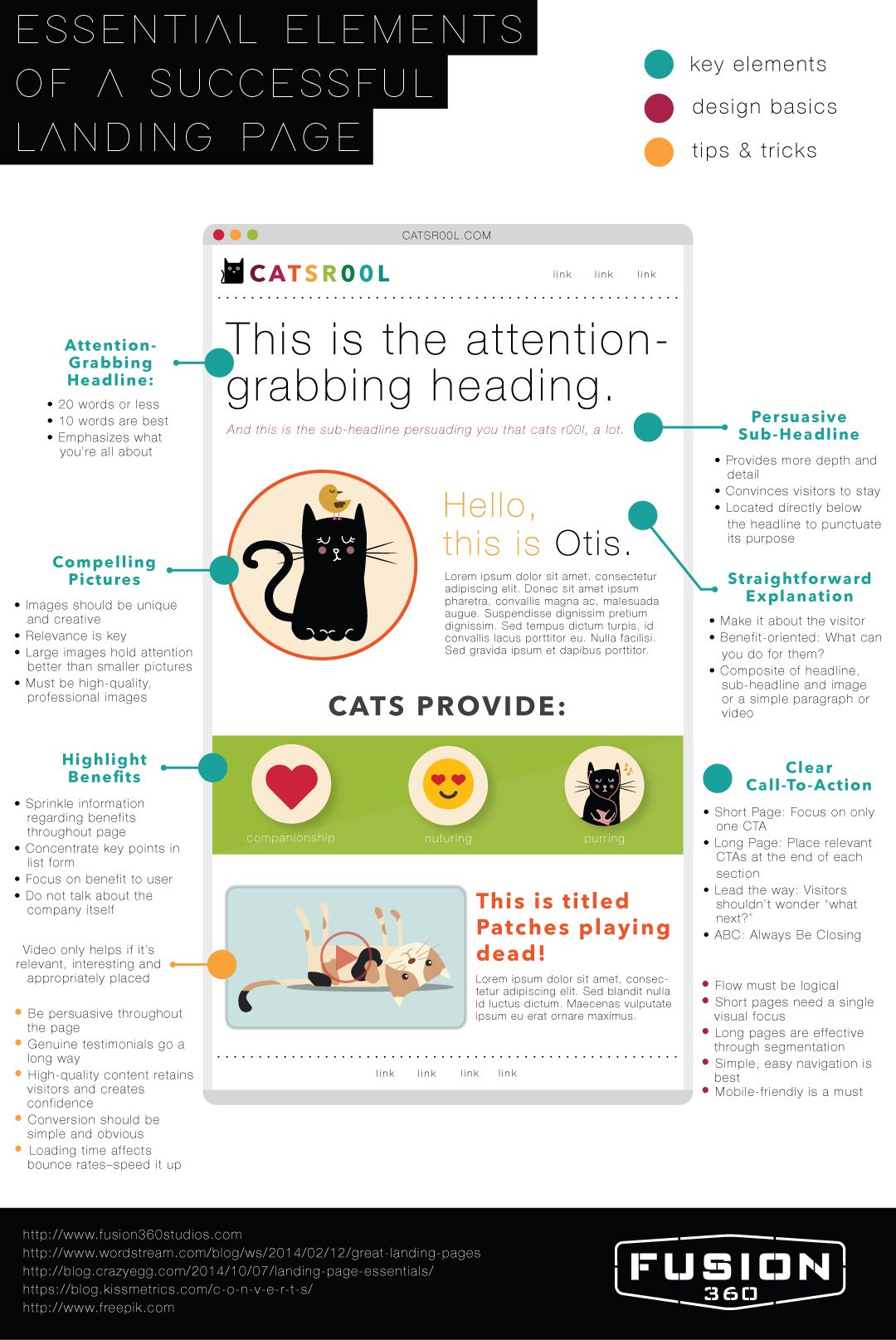
It was only a few years ago that the cable TV industry was laughing off the idea of cord cutting. At the time, it appeared to be fringe movement by a few frustrated customers and a handful of upstart millennials. Today, the cable companies wish they had been right.
Marketing companies have been watching the cord-cutting movement closely. What started as a small trend has grown into a formidable movement away from traditional cable TV subscriptions. The number of households that subscribe to cable TV has steadily declined over the past several years; A 2010 study by Experian showed that 4.5 percent of U.S. households were cord free. By 2015 that number had climbed to 7.3 percent. Providers of paid TV are losing an average of 350,000 subscribers each quarter.
What does this mean for the future? Research conducted by TransDigm Group Incorporated shows that in 2011, 101 million households in the United States subscribed to cable TV. The research predicts that at current rates, that number will decline to 95 million households by 2017.\
Marketing companies recommend that cable providers closely monitor the millennial movement. Forrester Research reports that by 2025, 50 percent of American adults under the age of 32 won’t pay for cable TV subscriptions.
This slow but steady move away from cable is undoubtedly affecting cable TV providers financially. The average TV customer pays $123 a month for cable. At the current rate of subscriber loss, cable companies are losing an additional $43 million a month each quarter in subscription fees.
To combat this loss, many cable providers are turning to marketing companies for ideas. Several have begun offering slimmed down subscription packages that feature fewer channels for a cheaper price. Others are creating their own versions of online streaming services, such as Dish Network’s “Sling TV.” Methods may vary, but the key to cable companies staying afloat through the cord-cutting movement is adaptation.











